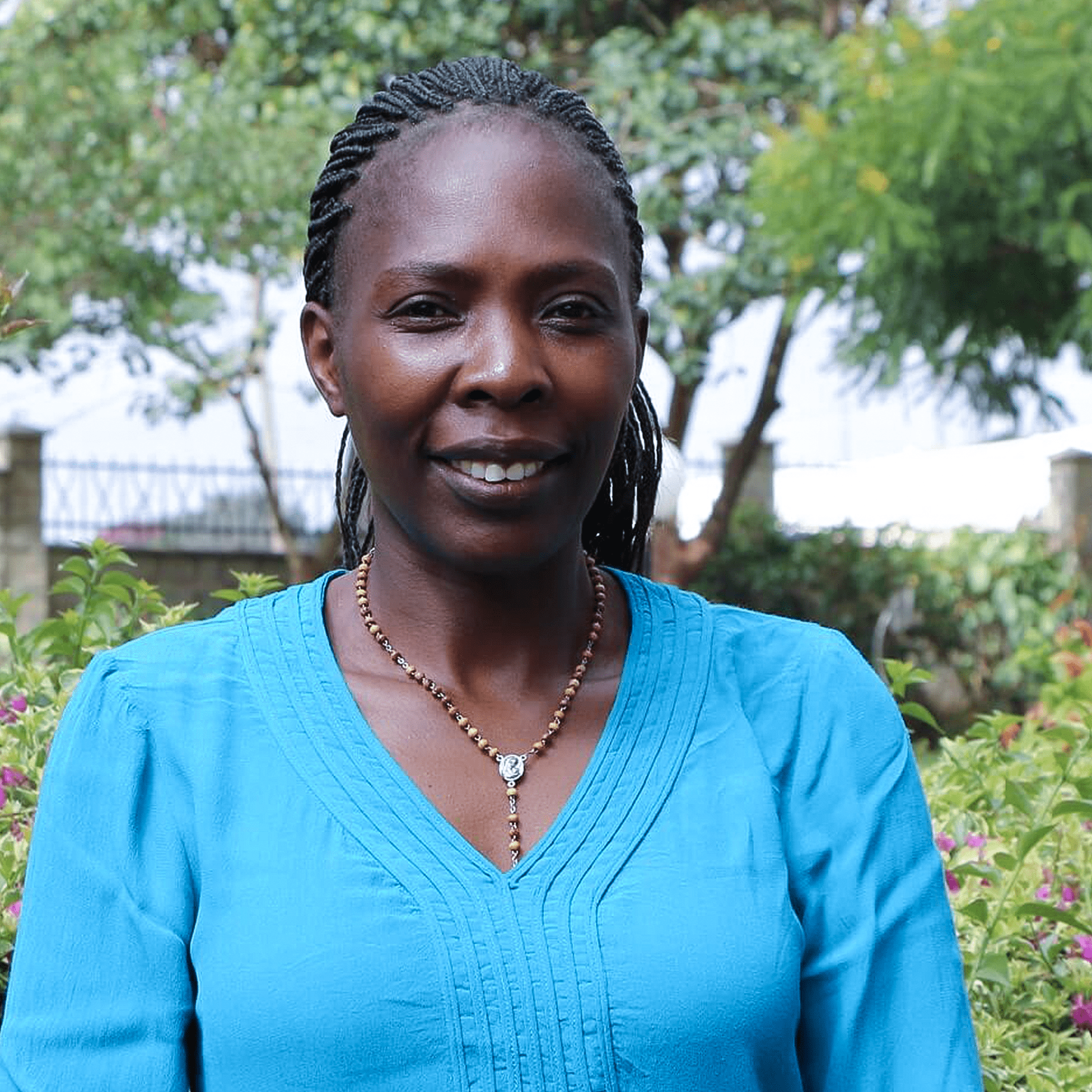CONTRIBUTORS

Jane Osindo
Research Officer
Imagine this- you are a 14-year-old girl. A middle child in a family of five. Your dad, a casual laborer, has been ill, on and off, for months, and your mother is a trader at the local night market. Your 17-year-old sister just had her first baby, and when your parents found out she was expecting, they were livid. Your mother said she was not going to raise another woman’s child, and your sister had to move in with That Guy- a local thug and Don Juan extraordinaire. It has been tough, money has been tight, and a girl has needs. Enter Boda Guy- a motorbike taxi operator who has been staring and making funny comments every time you pass by the rank. He has offered to ferry you to and from school for free. Heck, he has even offered you some money.
OK, OK, we can stop imagining now – it is me, I am she. Winnie* from Korogocho, or Koch as we call it in the ‘hood’. I am faced with a dilemma that resonates with most adolescents and young girls. Standing at a crossroads, I am caught between financial struggles and peer pressure and have to navigate a path fraught with risks and uncertainties at a tender age.
My friends have been pressuring me to take the money and free trips, but I am acutely aware that this same process got my sister into motherhood at 17. Despite my deeply founded concerns, I know my parents cannot afford to pay for some of our essentials, let alone other things I would like, thus, his money would be really helpful.
What do I do?
Winnie’s story reflects the harsh reality faced by many adolescent girls and young women (AGYW) between the ages of 15 and 24. In communities deeply impacted by HIV, the rate of infection rises more rapidly among adolescent girls and young women (AGYW) than their male peers. AGYW are also among the most susceptible to HIV infection, accounting for a third of the new HIV adult infections in Kenya.
This is why a raft of interventions under the Determined, Resilient, Empowered, AIDS-free, Mentored, and Safe lives (DREAMS) has been implemented in 15 countries in Africa, including Kenya, targeting AGYW. The program has been active in Kenya since 2016 in Homa Bay, Kiambu, Kisumu, Migori, Mombasa, Nairobi, and Siaya counties. The core implementation package focuses on i) empowering adolescent girls and young women and reducing their risk of infection, ii) strengthening the families of AGYW, iii) mobilizing communities for change, and iv) reducing the risk of HIV among men who are likely to be sexual partners to AGYW. These are based on three domains adopted from the Bill and Melinda Gates Foundation conceptual model of women and girls’ empowerment- agency, access to and control of resources, and supportive institutional structures.
Through DREAMS, AGYW, like Winnie, can find strength in solidarity and peer support and thus can make informed decisions about their future, such as completing their education or not engaging in underage sex. DREAMS fosters collective action in group activities with mentors in safe spaces through female solidarity and peer support systems by “pooling resources” and “sharing problems with fellow women and peers.” DREAMS also promotes leadership where AGYW could “convince,” “teach,” and “act as role models” to their peers.
Many DREAMS participants also cited having greater confidence and courage gained through mentor-led social asset-building curricula and greater social capital, enabling them to act on choices and to value their sexual and reproductive health. DREAMS also provided some participants educational subsidies, hygiene products, and entrepreneurship skills. Many reported that these commodities helped reduce the need for transactional sex through greater economic autonomy. Mentors were a highly valued resource, offering AGYW skills-building, counseling, and training for work opportunities.
The initiative engaged the broader community, including leaders, parents, and adolescent boys and young men (ABYM), in programs addressing retrogressive social norms and gender-based violence. AGYW were better supported to be aware of their sexual and reproductive health, to pursue their education, and to improve their personal development initiatives such as engaging in small businesses or seeking employment opportunities for an income.
While the program helped many AGYW become more aware of their human and reproductive health rights, DREAMS’ contextual interventions had limited reach, and its girl-centered focus had a limited impact on prevailing patriarchal structures or widespread poverty and violence. Subsequently, the achievement of a transformative impact on young women’s empowerment was impeded. Therefore, future interventions targeting AGYW need to involve the broader community members, particularly parents and adolescent boys and young men, for a holistic approach towards gender equity, women’s empowerment, and better sexual and reproductive health outcomes for young people.